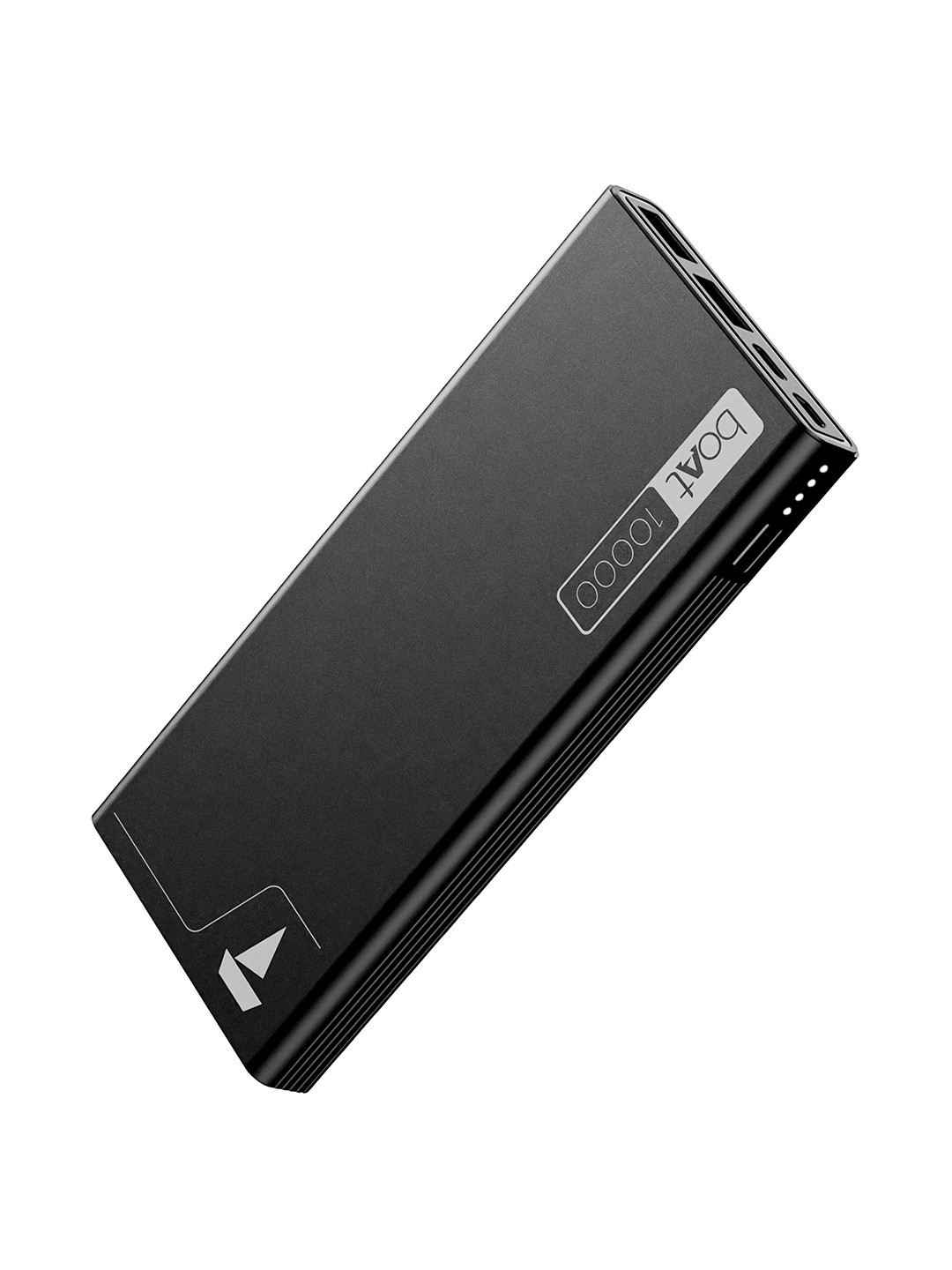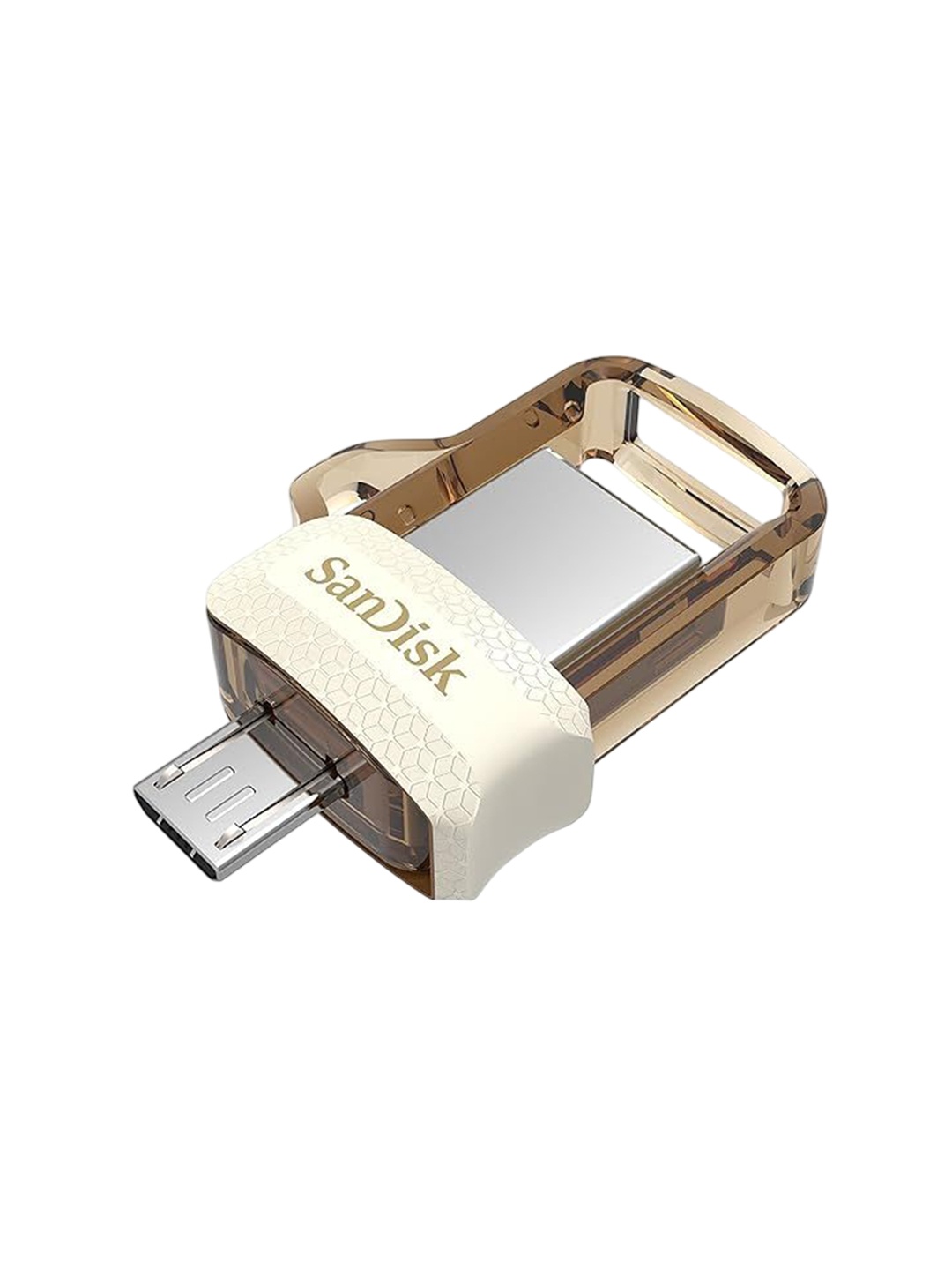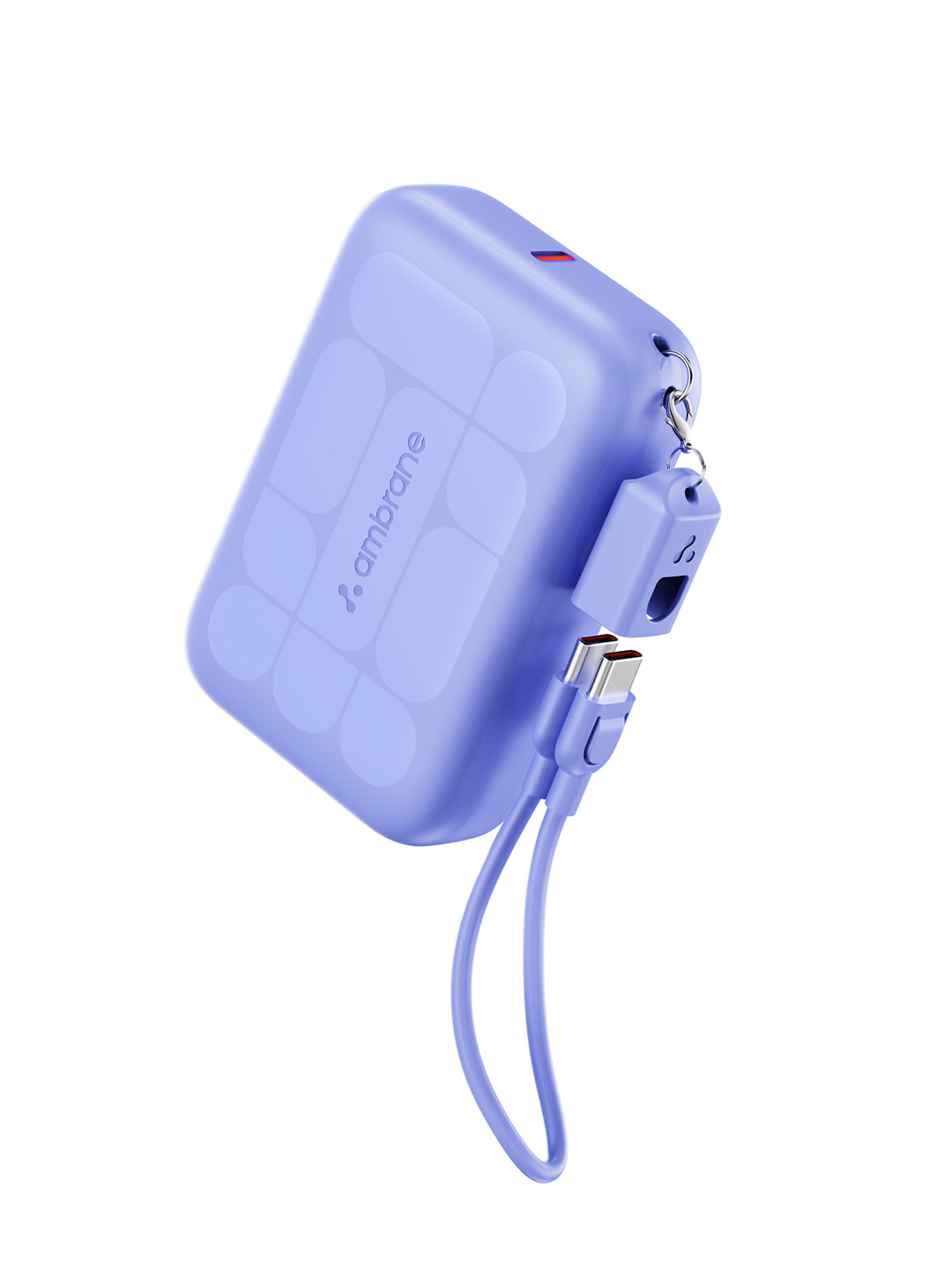Top 10 Laptop Battery Charging Mistakes To Avoid: Simple Tips To Extend Battery Life By 50%
Laptop batteries are the unsung heroes of our daily digital hustle. This is how to avoid the most common charging mistakes and keep your laptop battery healthy for years, without spending a single rupee more.

Top 10 Laptop Battery Charging Mistakes To Avoid: Extend Life By 50% This Way.
From work deadlines to Netflix marathons, laptops are almost always with us. Yet, the one part most people tend to overlook is the battery, that vital lifeline that powers every click, scroll, and stream. Many users unknowingly shorten their laptop battery's lifespan by following poor charging habits. Within months, your once-dependable battery may begin to drain faster than your morning chai. If you've ever groaned at that dreaded “low battery” warning far too soon, this guide is for you.
Let's uncover the top 10 laptop battery charging mistakes and how to avoid them, helping you extend your battery's life by up to 50% with just a few smart tweaks.

Learn the top 10 laptop battery charging mistakes to avoid, with simple tips that can extend your device's battery life by up to 50%; Photo Credit: Pexels
Before You Plug In Again, Check These 10 Common Laptop Charging Blunders
1. Keeping It Plugged In All The Time
It's tempting to leave the charger connected all day, especially when you're working from home. After all, who wants to deal with the battery dying mid-meeting? However, keeping your laptop constantly plugged in strains the battery.
Modern lithium-ion batteries are designed to perform best when they cycle between 20% and 80%. When left at 100% for long periods, the constant high voltage accelerates wear and reduces capacity. Think of it like overeating; too much of a good thing is still bad.
To fix this, try unplugging once the charge hits 100%, then plug in again when it drops below 30–40%. Some laptops even come with battery care settings that stop charging automatically at 80%, a handy feature worth exploring.
Let your battery breathe. It enjoys a bit of movement, just like you do.
2. Charging Only When The Battery Is Almost Dead
Many people wait until their battery hits 5% or shuts down before charging it again. It might feel efficient, but deep discharges actually harm lithium-ion batteries.
These batteries prefer shallow charging cycles, topping up regularly rather than draining completely. Each full discharge shortens the overall number of charge cycles your battery can handle.
Instead, adopt a moderate approach. Charge your laptop when it reaches around 25–30%. This simple routine helps maintain steady performance and extends the overall battery life.
Imagine your battery like a friend; it doesn't like to be completely drained before being cared for. Keep it happy with smaller, more frequent charges.
3. Using Cheap Or Unoriginal Chargers
That tempting “replacement charger” from an online deal for ₹499 might look fine, but it's often a silent killer. Non-original or cheap chargers lack the proper voltage regulation your laptop needs. Over time, they can damage the battery or even cause overheating.
Original chargers are designed specifically for your laptop's battery chemistry. They manage the charging current, protect against surges, and ensure steady power delivery. Cheap knock-offs can't do that.
If you've lost your charger, it's worth spending a little more, ₹2,000–₹3,000 for a branded one, rather than risking a ₹60,000 laptop. After all, a healthy charger means a healthier battery and peace of mind.
Remember, not all power is good power. Quality matters.
4. Ignoring Overheating During Charging
Heat is the ultimate enemy of battery life. Charging while your laptop sits on a soft surface like a bed or pillow traps heat underneath, causing temperatures to spike. Over time, this shortens battery capacity and performance.
Make it a rule: always place your laptop on a flat, hard surface while charging. If it gets too warm, pause charging and let it cool down. Also, keep an eye on the surroundings, and avoid using laptops in direct sunlight or near heat sources.
Some people even use laptop cooling pads, especially in warm climates. It's a small investment, but one that helps your battery stay cool and composed.
Heat may make a cup of coffee better, but for a laptop battery, it's a silent disaster.

Top 10 Laptop Battery Charging Mistakes To Avoid: Extend Life By 50%; Photo Credit: Pexels
5. Multitasking While Charging Continuously
Charging your laptop while running heavy software, editing videos, gaming, or streaming for hours, puts a double load on your battery. It's like trying to eat and run at the same time.
The system draws power for performance while simultaneously charging the battery. This raises the temperature and causes micro-strain on battery cells. Over time, this speeds up battery wear.
If possible, give your laptop some breathing room while it charges. Close resource-heavy apps or switch to battery-saving mode. Once it's charged, you can get back to your tasks full throttle.
Small breaks go a long way, not just for you, but for your laptop too.
6. Ignoring Battery Calibration
Ever notice how your battery percentage suddenly drops from 40% to 10% without warning? That's a sign of poor calibration. Over time, your system's battery meter may lose track of the actual capacity.
Calibrating your battery once every two to three months helps. The process is simple: charge fully, then use the laptop until it reaches around 5%, and recharge it back to 100%. This helps the system realign its battery readings for more accurate tracking.
While modern laptops self-adjust, manual calibration still helps maintain long-term battery health. It's like tuning your car, occasional fine-tuning ensures smoother performance.
A well-calibrated battery is a well-behaved battery.
7. Charging In Intermittent Bursts
Plugging and unplugging your laptop every few minutes because “just five more minutes of charging” might seem harmless, but it's not. Frequent micro-charging confuses your battery management system and causes irregular power flow.
Instead, charge steadily. Allow your laptop to charge to a decent percentage, say, from 30% to 80%, in one go. Avoid unnecessary interruptions. Think of it as letting your device take a proper nap rather than short, restless breaks.
This consistent pattern helps stabilise voltage cycles and keeps the battery healthy for years. Stability, as they say, is underrated but essential.

Top 10 Laptop Battery Charging Mistakes To Avoid: Extend Life By 50%; Photo Credit: Pexels
8. Storing Your Laptop With A Full Or Empty Battery
Many people store their laptops for months, especially students during vacations or professionals switching devices, without thinking about the battery condition.
Leaving it at 100% or 0% during storage is a big mistake. Fully charged batteries are under high stress, and completely drained ones risk going into deep discharge mode, making them hard to revive.
The best storage level is around 50–60% charge. Before putting it away, shut it down completely and keep it in a cool, dry place. Check and recharge it every couple of months to maintain a balance.
It's like leaving your car parked with a half-full tank, it's ready to go when you need it.
9. Ignoring Power Settings And Updates
Laptop manufacturers invest heavily in optimising battery performance through firmware updates and power management tools. Yet, most users skip them.
Regular software updates often include battery management improvements. Similarly, using built-in power modes, like “Battery Saver” or “Optimised Mode”, helps reduce background processes that eat up energy.
Adjust display brightness, disable Bluetooth when unused, and close unwanted apps. These small tweaks ease the battery's workload, allowing it to last longer both per charge and overall.
Your laptop's settings menu holds hidden gems, use them well, and your battery will thank you silently every day.
10. Charging From Unstable Power Sources
In many parts of the country, voltage fluctuations are common, especially during monsoons or in smaller towns. Charging your laptop directly from an unstable outlet or without a surge protector can severely affect the battery.
Power spikes damage internal charging circuits and reduce overall health. A good-quality surge protector (₹500–₹1,000) is a wise investment. If you often use inverters or generators, ensure they provide steady voltage output.
Protecting your laptop from erratic electricity isn't just about the battery, it's about safeguarding your entire device. Stable power equals longer life and fewer headaches.
Sometimes, prevention is the most powerful protection.
Products Related To This Article
1. Apple 2025 MacBook Air
2. Acer Aspire Lite, AMD Ryzen 3 5300U Processor
3. ASUS Vivobook 15, Smartchoice, AMD Ryzen 7 5825U
4. HP 15,Intel Ultra 5 125H (16GB DDR5, 1TB SSD) FHD
5. Lenovo IdeaPad Slim 3 13th Gen Intel Core i5-13420H 15.3
6. HP 15, 13th Gen Intel Core i3-1315U, (8GB DDR4,512GB SSD) Anti-Glare
7. Dell SmartChoice G15-5530, Intel Core i5 13th Gen
Laptop batteries aren't meant to last forever, but their lifespan depends heavily on how they're treated. Avoiding these ten common charging mistakes can dramatically extend your battery life, sometimes by up to 50%.
Think of it as caring for a trusted companion. With mindful habits, steady charging, avoiding heat, and using quality accessories, you not only save money on replacements but also enjoy smoother, uninterrupted performance.
So the next time that low-battery warning flashes, don't grumble, smile. You've now got the wisdom to make every charge count. A little attention today ensures your laptop stays strong, reliable, and ready for every moment that matters.
Disclaimer: The images used in this article are for illustration purposes only. They may not be an exact representation of the products, categories, and brands listed in this article.

























